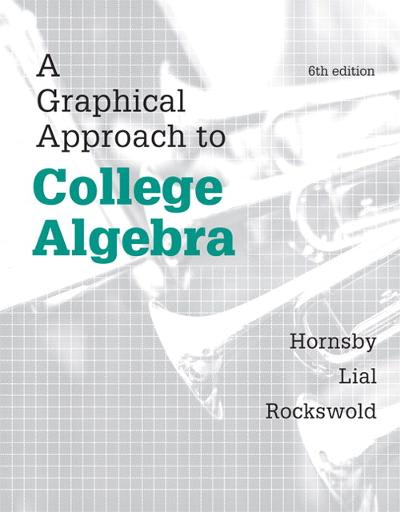Consider the following cubic polynomial equation. N 275 + 1622% + 108z 755 = 0 By dividing both sides of the equation by 27, convert this to a monic polynomial equation. a Using the method described in solve the monic polynomial equation obtained in Question 1. Note that you do not need to re-prove any of the results in the course notes. You will need to find the relevant values of @ and J, solve the quadratic equation X* aX + 3 =0 for y* and 2%, choose the cube roots y and 2 such that yz = a? 3b, and evaluate z;, 25 and z3. V3 1 & 1 d Using the fact that w = -~ + - and - i, simplify your values of 2. 2> and z3, and express each of these as complex numbers in cartesian form. That is, express each of 21, 20 and z3 in the form a + 1b, where a and b are real numbers in exact form. Do not use decimals anywhere in your working or answers. Q Apply a Tschimhaus Transformation to the polynomial equation obtained in Question 1, in order to obtain a new cubic polynomial equation, in the (new) variable y. with no y* term. Use the same method that yon used in Question 2 to solve this new polynomial equation. Note that vou are now solving for 4. Onee you have found your three possible values of y, use the substitution that you applied for your Tschirnhaus Transformation to find the corresponding values of x. These should be the same as the solutions that you obtained in Question 2. Qy Check your salutions for 272 + 162x* + 108z 755 = 0 by substituting each solution into the equation. That is, show that each of the following is true, using the fact that # = 1. 2723 416223 + 1082 755 = 0 2723 + 16223 + 1082, - 755 = 0 2723 + 16223 + 108z, 755 =0 Show all of your working, including the expansion of all brackets and all simplifications. All terms must be written in exact form, using fractions and/or radicals. Do not use any decimals in your working. Summary Given the cubic 2% + az? + bz + = 0. We solve the quadratic equation X2 aX+8= where a = 2a + 9ab 27c B = a 9a*b + 27a%h? 275* The solutions to this quadratic are and 2z. Choose the cube roots y and z so that yz =a 3b The solutions to the original cubic are 1 zn = 3(y +za) 1. 2 s ,i(w Y+ wz a) 1 2 23 = i(r.u;:,|+w z a) where w = cos 27 + isin 7. For later reference we write this as a matrix equation = 1 1 1 1 y = | =3 w? w1 z z3 \" w w? 1 a Note Applying the Tschirnhaus transformation first ensures that a = 0. That simplifies much of the work, but at the cost of two extra steps. Obviously this process is more complicated than the nice quadratic formula, you would expect this. But, nonetheless, it appears to be relatively straight-forward. Sadly that is not always the case. The tricky part is finding nice formulae for the cube roots of y* and z%. Example Consider the polynomial equation (z 1)(x 2)(xz + 3) z? T7r+ 6 = 0. This is already set up nicely, we don't even need to think about using the Tschirnhaus transformation. We can find the polynomial for and z? X% 162X + 9261 =0 which has solutions X = 81 = 30iv3 Now, to find and z we need the cube root of these numbers, but not in the obvious form /=81 30iv/3 We know that the roots are 1, 2 and 3, so we need a nice form for these cube roots. It is possible that you might find that (3 2iv3)? = 81 30iv3 but, then again, you might not. With patience you might just be able to find the (obvious) solutions to this cubic. Example Consider the polynomial z(x + 1)(z 2) = % 2% obvious solutions. This time we obtain the quadratic 22 = 0, which again has X% 16X +343 =0 with solutions X =8+ 3ivV3l Finding the cube roots this time is much harder. Of course, the obvious solution to this is to check for nice factors first. (Which is what any well written app does.) But in other cases, you need to keep in mind that there might be nice solutions even though yours look nasty. Example Consider the cubic equation % + z? + x + 1 = 0. The equation for y and 2% is X?+20X 8=0 and again we find awkward numbers. But we are wise now Btz tz+l=(z+1)(z*+1) and so the solutions are 1 and =i







